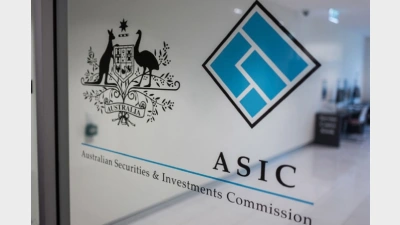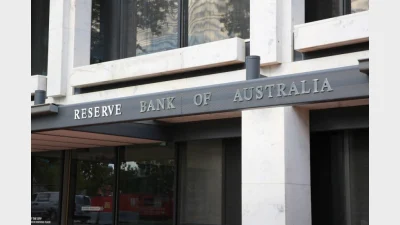(Apr-05): Bottom line - no returns, no investment
Australian super funds should only invest in infrastructure in circumstances where it promised to generate appropriate returns.
That was the bottom line message sent to delegates of last month’s Conference of Major Superannuation Funds held in Hobart.
In fact, both fund executives and asset consultants agreed that infrastructure should be regarded as a separate asset class rather than being bundled together under the banner of ‘alternative investments’ in similar fashion to hedge funds.
However, there was a mixed response to suggestions that funds should lift their allocations with respect to direct investments.
The chief executive officer of Babcock and Brown Direct Investment Fund, Fergus Neilson told the conference that direct investment by funds should not just be about infrastructure but about a range of other assets that were unlisted.
He suggested that strong opportunities existed for funds to get involved in direct investment because the level of investment by funds in such areas currently stood at between 2 and 4 per cent.
Neilson said a recent survey had indicated that the level of funds in direct investment would increase over the next three years.
He also said that in such circumstances he believed that funds should seek to ensure that their allocations should not be less than around 15 per cent in total.
However, the chief executive of UniSuper, Anne Byrne, while in agreement about the value of alternative investments including infrastructure, said that it was something funds should consider on the basis that it represented genuine opportunity.
She said funds should not invest in such areas because it is trendy or an opportunity identified by others, but because it makes good commercial sense.
Recommended for you
The structural shift towards active ETFs will reshape the asset management industry, according to McKinsey, and financial advisers will be a key group for managers to focus their distribution.
ASIC has warned that practices across the $200 billion private credit market are inconsistent and, in some cases, require serious improvement.
A surge in electricity prices has driven the monthly Consumer Price Index to its highest level in a year, exceeding forecasts.
Infrastructure well-positioned to hedge against global uncertainty, says investment chief.







